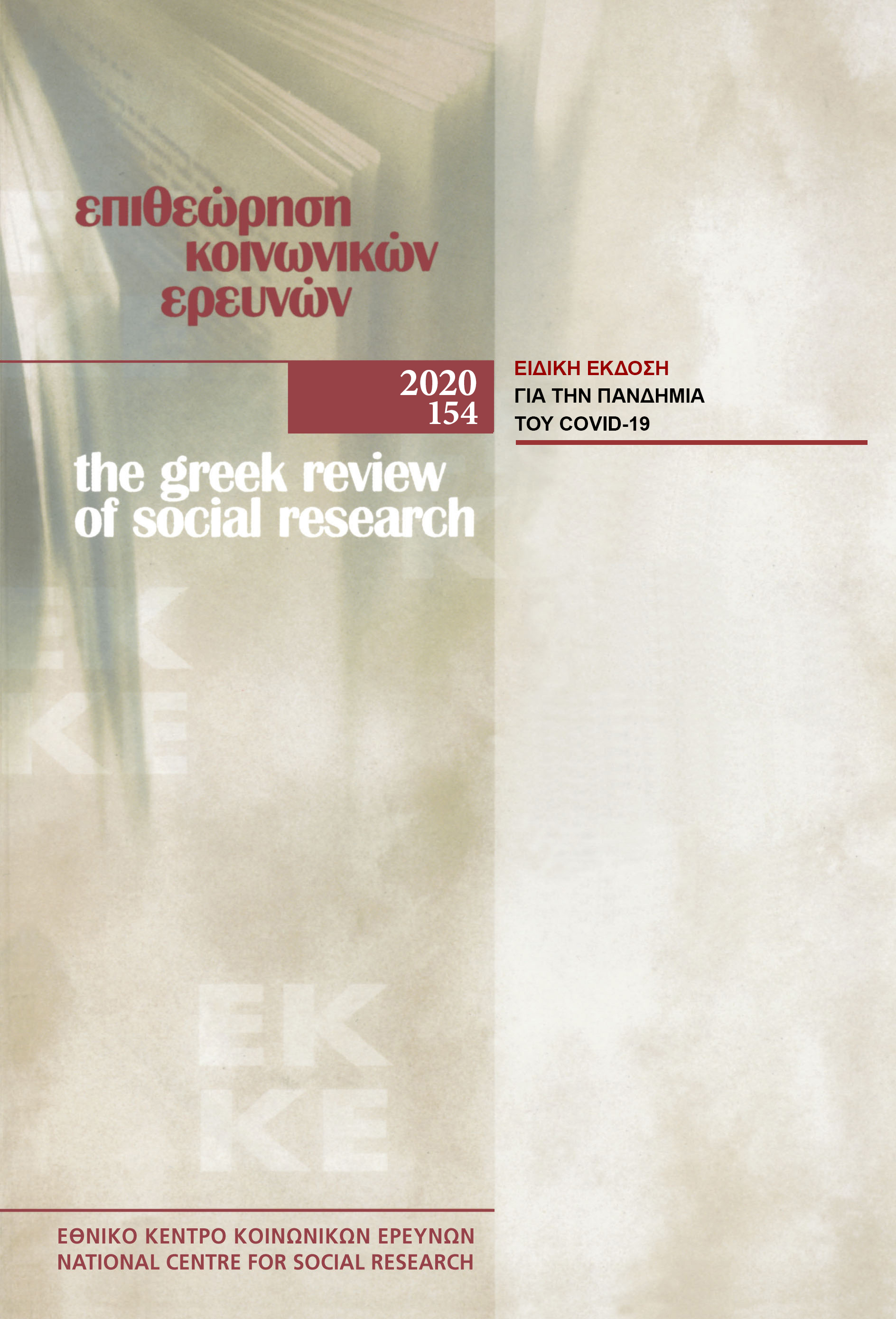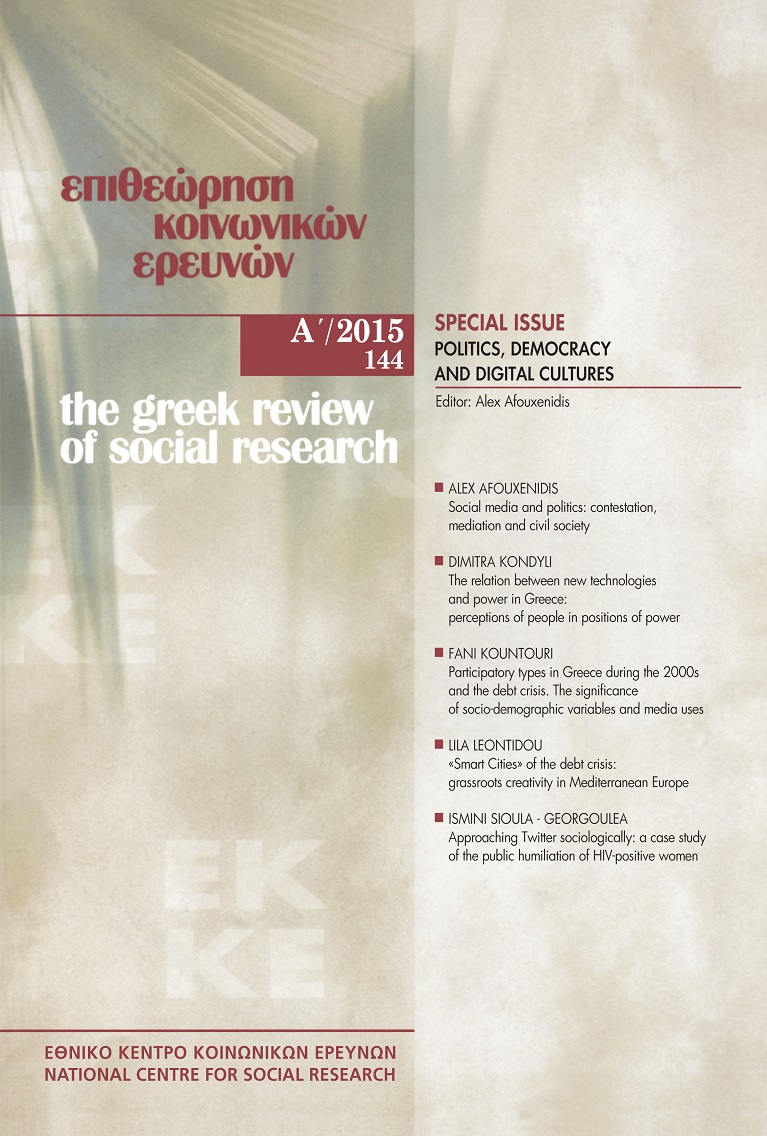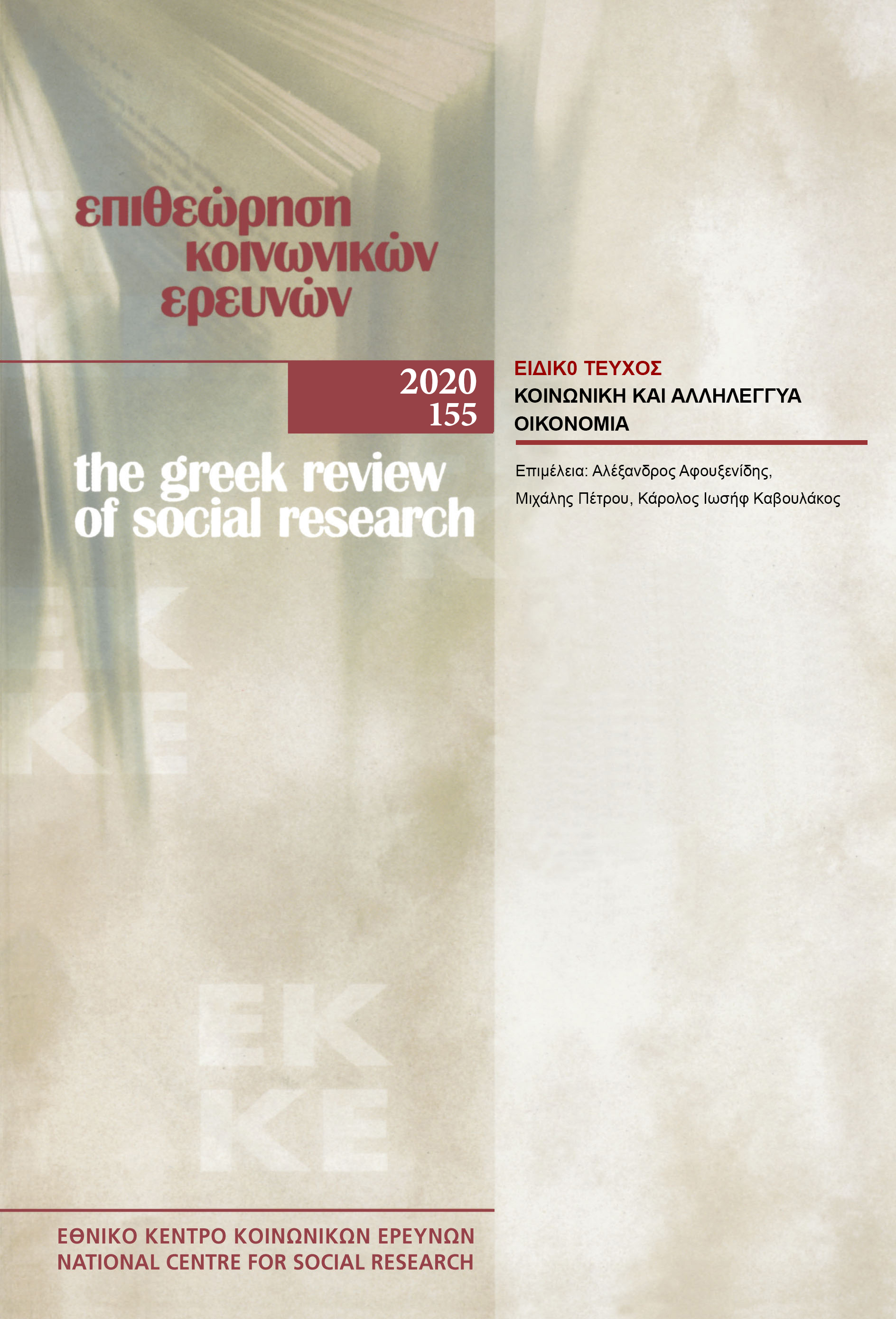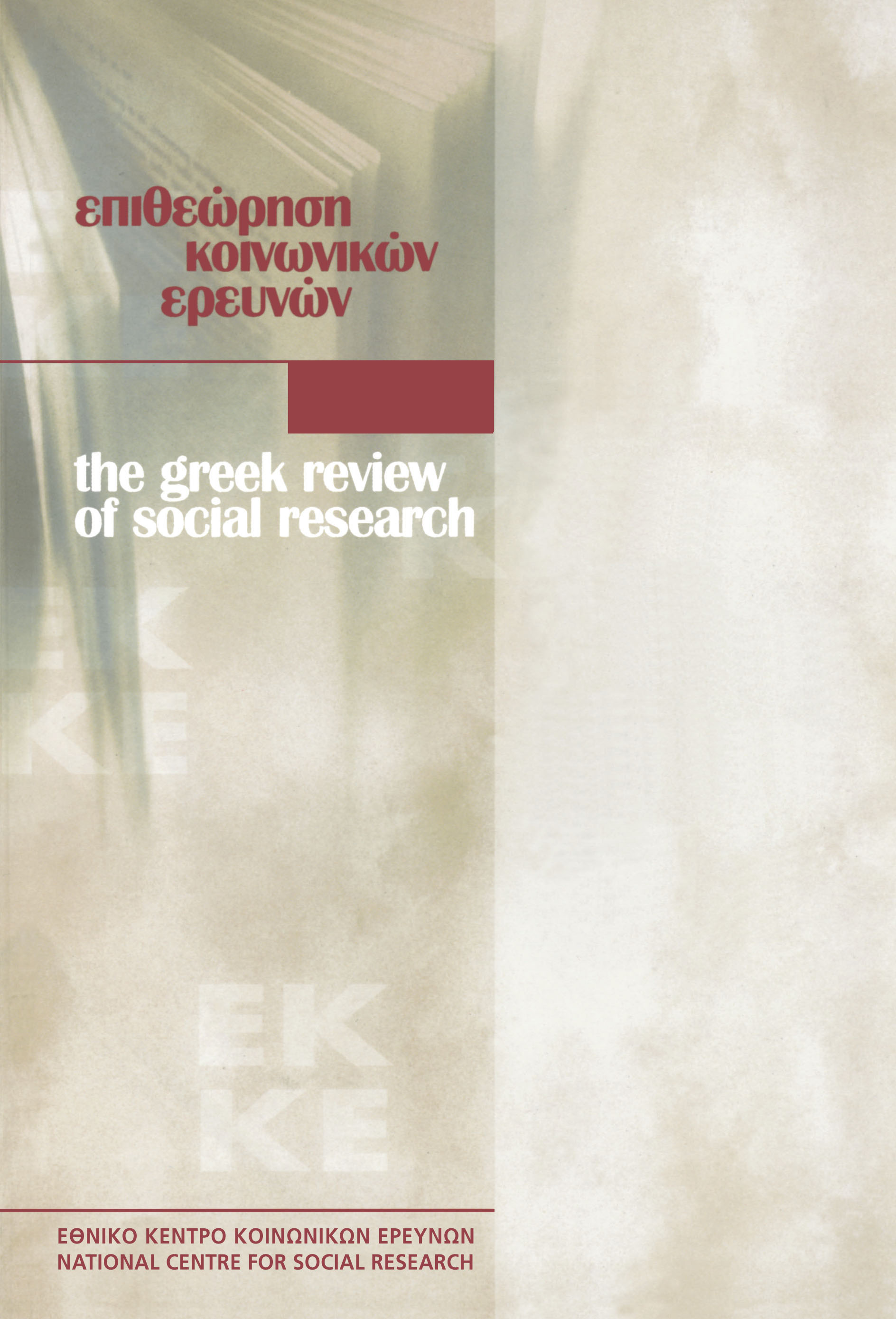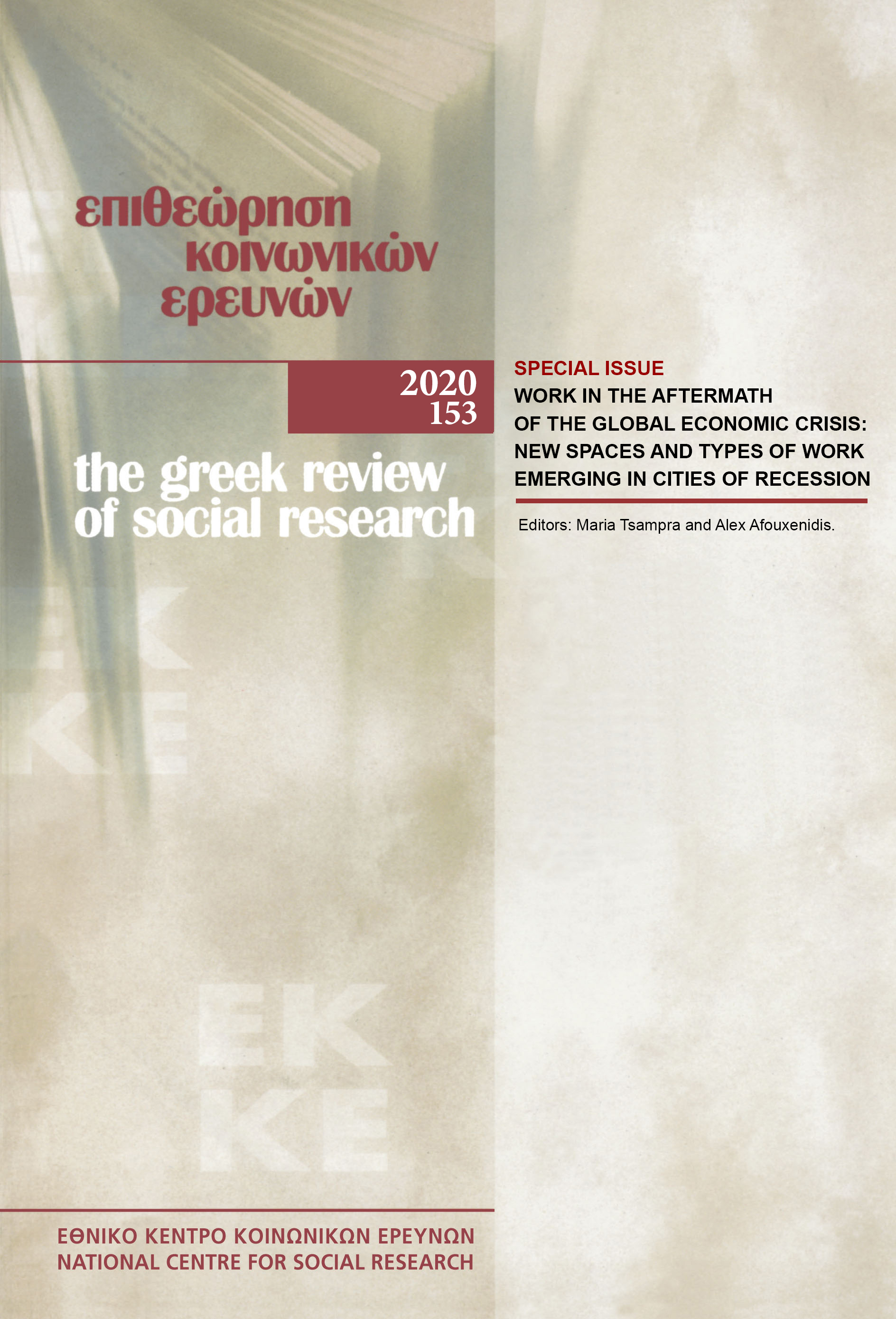Far-right and digital media: aesthetics, activism and discursive formations
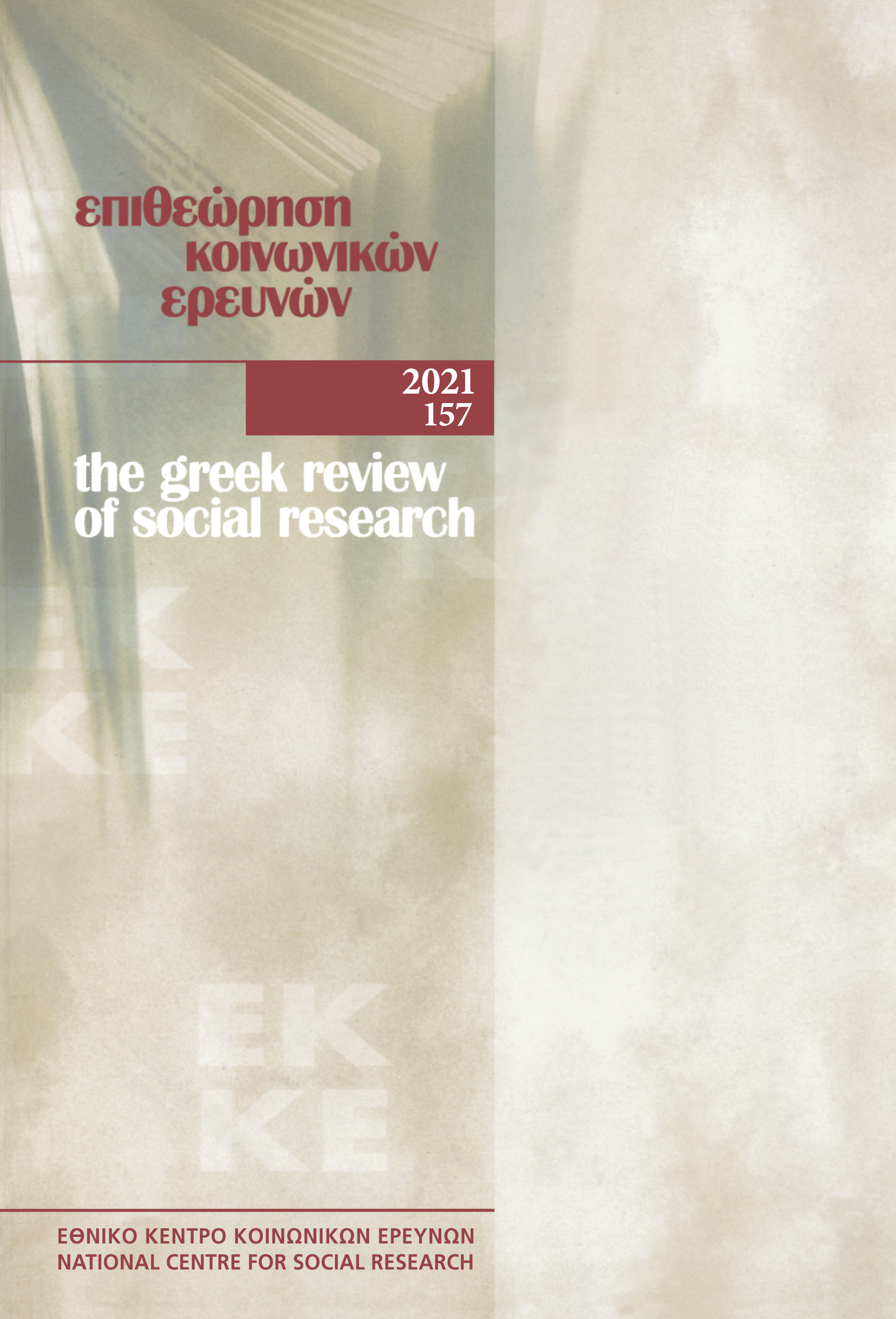
Abstract
This paper presents the relationship between the far-right and digital media in Europe and the USA. The article is a synthesis of key positions in the literature examining this relationship and some research observations concerning the Greek context. Although specific far-right rhetoric on issues such as nation, race, gender and sexuality are not new, they were communicated in new ways via social media. Digital technologies have not only provided opportunities for far-right networks to come together and publicize their message to larger audiences, but have also contributed to the internationalization of far-right positions and made their message more popular, resulting in an anti-systemic profile with a significant impact on activism in public spaces.
Article Details
- How to Cite
-
Afouxenidis, A., & Petridis, P. (2021). Far-right and digital media: aesthetics, activism and discursive formations. The Greek Review of Social Research, 157, 1–30. https://doi.org/10.12681/grsr.27599
- Issue
- 2021: 157
- Section
- Articles

This work is licensed under a Creative Commons Attribution-NonCommercial 4.0 International License.
Authors who publish with this journal agree to the following terms:
- Authors retain copyright and grant the journal right of first publication with the work simultaneously licensed under a Creative Commons Attribution Non-Commercial License that allows others to share the work with an acknowledgement of the work's authorship and initial publication in this journal.
- Authors are able to enter into separate, additional contractual arrangements for the non-exclusive distribution of the journal's published version of the work (e.g. post it to an institutional repository or publish it in a book), with an acknowledgement of its initial publication in this journal.
- Authors are permitted and encouraged to post their work online (preferably in institutional repositories or on their website) prior to and during the submission process, as it can lead to productive exchanges, as well as earlier and greater citation of published work (See The Effect of Open Access).



